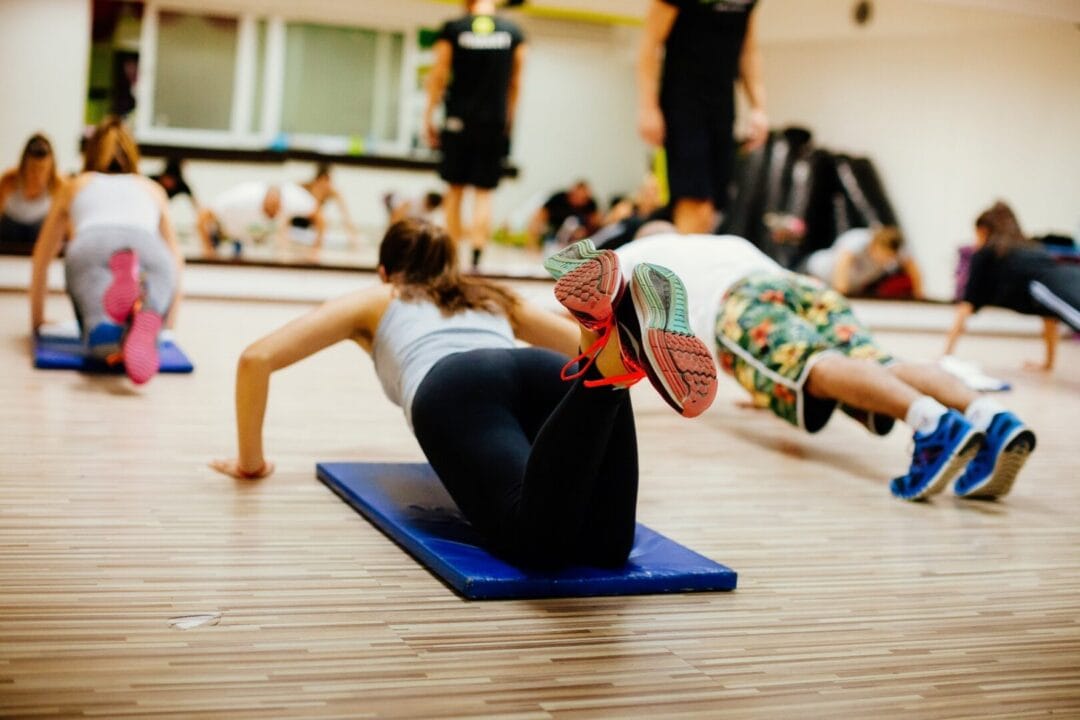To begin, intense workouts are exercises where you have to push yourself to the best of your abilities in a small amount of time. HIIT (High Intensity Interval Training) is an intense form of exercise that optimises how your body burn calories, reduce fat, build muscles and more. This type of workout alternates intense bursts of activity and then a period of less intense activity or complete rest. An example of a HIIT workout is sprinting at top speed for one minute and then walking for two minutes. This interval is then repeated five times to form a 15-minute fat blasting workout.
Benefits of intense workouts include burning more calories compared to regular cardio
exercises in less time, and also improved aerobic capacity. Additionally HIIT workouts do not require any equipment and you can do it anywhere which is great especially if you lead an on-the-go lifestyle.

Too much of a good thing
As with anything you do, ‘too much of a good thing’ can be applied to intense workouts as well. HIIT might be too much especially for office workers who sit down for eight hours a day. To get up after work and then put enormous strain on your joints and muscles all for the sake of ‘undoing’ the eight hours of sitting can increase the risk of injury. Go slow and start with low impact cardio such as cycling, walking or rowing for about two months to condition your body
before starting with HIIT once or twice a week.

Another thing with HIIT is that it is taxing on your central nervous system and it’s not just
HIIT but cardio, weight lifting and any form of high-intensity exercise will wear you down. This leads to fatigue but many often mistake this as a sign that they’re not pushing themselves hard enough at the gym and thus, up the intensity of their exercises which could lead to overtraining. Overtraining can cause symptoms such as changed resting heart rate, muscle soreness, sickness, insatiable thirst and even personality changes.
No fuel, no HIIT
If you’re required to follow a low-carbohydrate diet, HIIT is definitely not for you. This is because HIIT is an anaerobic form of exercise which means that it needs fuel in the form of glucose. If you’re on a diet that limits your intake of carbohydrates, you won’t have enough glucose to fuel your workout which means you won’t hit the intensity levels you aimed for. The best way to mitigate this problem is either to incorporate more carbohydrates into your diet plan or choose a lower intensity form of aerobic cardio exercise which uses fat as your fuel source. Aerobic cardio exercises include running, swimming, kickboxing and spinning.

Thus, in order to fully benefit from intense workouts such as HIIT, it’s best to ensure that you’re physically able to perform the exercises with minimal risk of injuries. Your diet plan is also an important factor especially if you have fitness goals in mind. If you require more information about whether intense workouts are suitable for yourself or for your lifestyle, it’s best to speak to a personal trainer or a healthcare professional about this. This is especially if you have any pre-existing diseases or sports injuries.
References: The Independent; The Telegraph.











